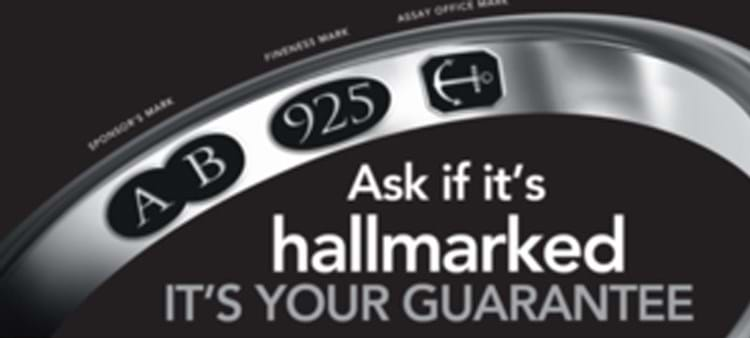The Birmingham Assay Office began stamping jewellery in India in 2016 and following this move discussions took place between the assay offices in London, Birmingham, Sheffield and Edinburgh over what form the offshore mark should take.
The overseas hallmark for Birmingham officially launched in April 2019.
Now the stamp has been agreed, the new hallmark notice for jewellery dealers must be displayed and will be compulsory from May 2020.
The notice from the British Hallmarking Council comprises two changes:
- A differentiated hallmark for articles hallmarked outside the UK by Birmingham Assay Office
- A new type 2 standardised Common Control Mark (CCM)
The new type two CCM is a single generic conformity mark used for all precious metals. It differs from the type one or traditional CCM mark which uses a different shield shape for each precious metal.
The Hallmarking Act 1973 states that all dealers supplying precious metal items must display a notice explaining the approved hallmarks.
Jewellery, or any item, that is described as gold, silver, platinum or palladium must have a hallmark to be sold in the UK to guarantee its authenticity and its quality. This hallmark does not represent where the item is made.
In the UK hallmarks comprise a maker's mark, the assay office mark, and the standard of fineness (ie the metal). See ATG’s guide on hallmarking here.
The new version of the dealers notice is available as a free download from any of the assay office websites and a version for online retailers is also available.







